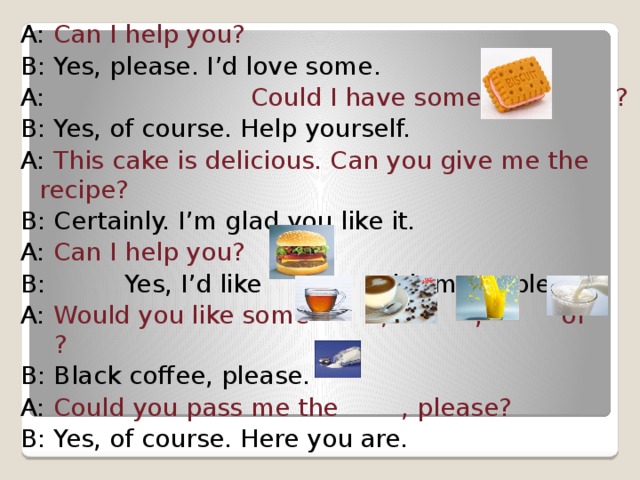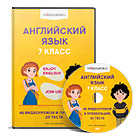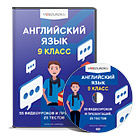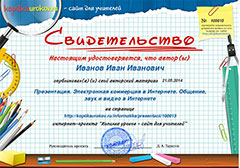Урок по теме "Британская Еда" составлен по УМК Биболетовой. Раздел 2, подраздел: Section 3 Help Yourself! Тип урока: урок совершенствования знаний, умений и навыков. Цель урока: Развитие коммуникативной компетенции в рамках изучения темы «Еда». Использованы разные формы работы с детьми: парная, групповая, индивидуальная. Кроме этого ,есть просмотр видео с извлечением нужной информации. Урок соответствует новым ФГОС.
Создайте Ваш сайт учителя Видеоуроки Олимпиады Вебинары для учителей
Британская еда. 6 класс
Вы уже знаете о суперспособностях современного учителя?
Тратить минимум сил на подготовку и проведение уроков.
Быстро и объективно проверять знания учащихся.
Сделать изучение нового материала максимально понятным.
Избавить себя от подбора заданий и их проверки после уроков.
Наладить дисциплину на своих уроках.
Получить возможность работать творчески.
Просмотр содержимого документа
«ЗАДАНИЕ ДЛЯ ВИДЕО»
Просмотр содержимого документа
«конспект открытого урока в 6В классе»
Просмотр содержимого документа
«речевая разминка»
Просмотр содержимого документа
«ход урока»
Просмотр содержимого документа
«чтение»
Просмотр содержимого презентации
«British Meal»
Полезное для учителя
Распродажа видеоуроков!
1970 руб.
2820 руб.
2160 руб.
3080 руб.
1880 руб.
2690 руб.
1940 руб.
2770 руб.
ПОЛУЧИТЕ СВИДЕТЕЛЬСТВО МГНОВЕННО
* Свидетельство о публикации выдается БЕСПЛАТНО, СРАЗУ же после добавления Вами Вашей работы на сайт
Удобный поиск материалов для учителей
Проверка свидетельства


![[i:] – sw ee t, t ea , t ea -break, Ea ster, m ea n, m ea t, ch ee se, p i zza [ɪ] – b i scuit, for ei gner, t i n, ch i ps, Chr i stmas, m i lk [aɪ] – p ie , sl i ce, k i nd, t y pe, l i ke, kn i fe, fr ie d [æ] – s a ndwich, s a lad, h a ve, j a m [ʌ] –b u tter, p u b, m u shroom, s u pper [eɪ] – a pricot, marmal a de, pot a to, b a con, t a keaway](https://fsd.kopilkaurokov.ru/uploads/user_file_5489dfda59379/img_user_file_5489dfda59379_0_2.jpg)


![a kettle a teapot a spoon to pour [p ɔ: ] to stir](https://fsd.kopilkaurokov.ru/uploads/user_file_5489dfda59379/img_user_file_5489dfda59379_0_5.jpg)






















